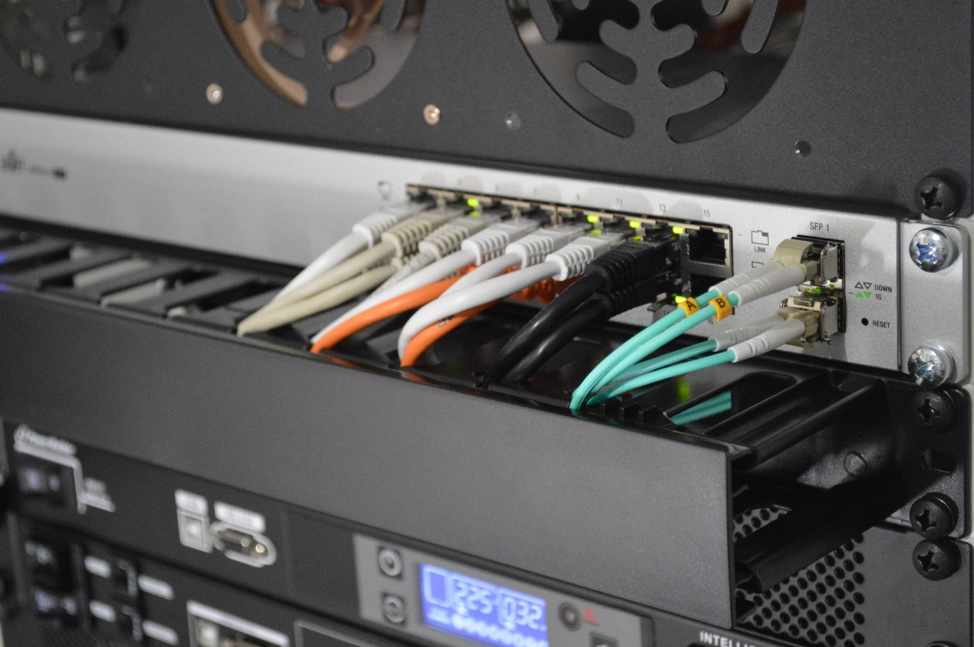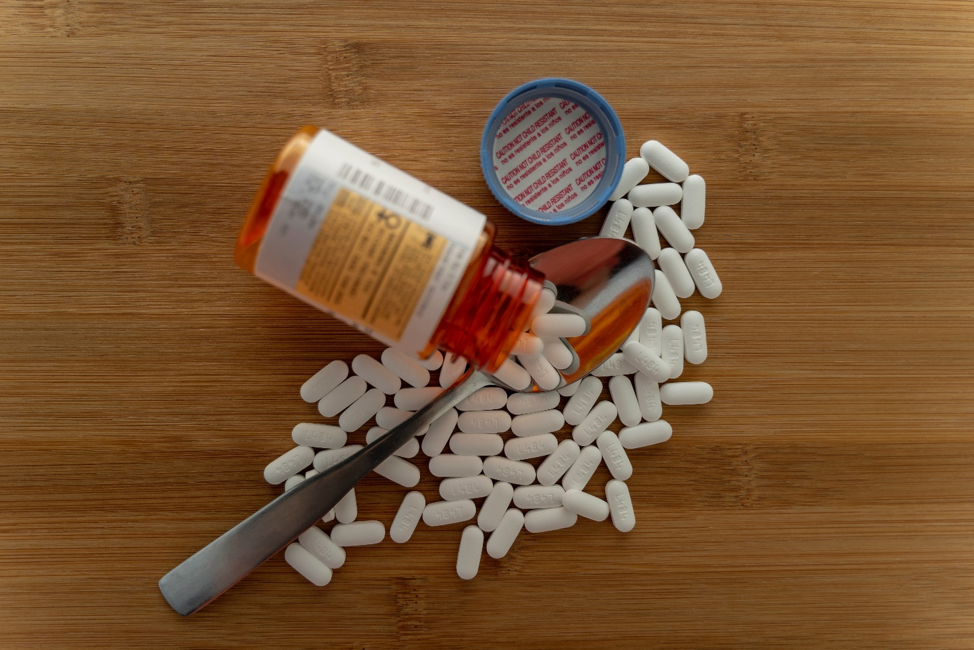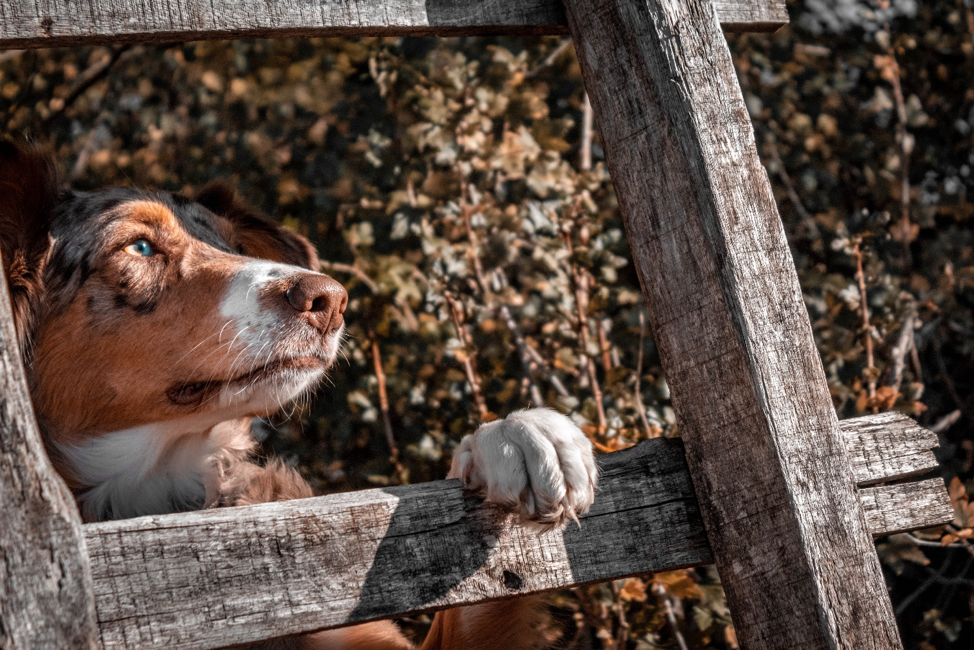It’s the gift that keeps on yipping and chewing. For a lot of people, January means having to create a safe, secure home for the adorable, huggable bundle of newborn fur they received during the holidays. However, puppy-proofing your place can be harder than it seems. Here’s the scoop, so to speak, on how to make your home a healthy, happy one for the latest member of your family.
NO UNWANTED CHARGES

Puppies love to chew – not just on treats, toys, and shoes, but also on cords, cables, and wires. Owners should ensure all outlets, power cables, chargers and cords are either covered or put out of pup’s reach – otherwise the excitement of chomping into something new might not be the only jolt they receive.
GUARD THE GARBAGE

Nothing smells more tempting and irresistible to a puppy than the odors and aromas wafting from the lid of a trash can or the lip of a garbage bag. While most owners may have heard that chocolate is toxic to dogs (it is what did it to Brian on Family Guy, after all), other potential hazards lurking in your refuse include bones and other objects they might choke on or snack bags they could potentially suffocate in when poking their tiny heads where they don’t belong.
POISON CONTROL

Also on your puppy’s menu if you’re not careful: medications. Medications can prove fatal (or at least expensive to treat) when not properly stored. The same goes for household cleaners, chemical detergents, pest control products, and even glue. Finally – and less expected – is the danger that some houseplants can pose for your four-legged newcomer. If you want to make sure your plants are safe for a puppy, check out the ASPCA Animal Poison Control’s list of toxic plants and flowers.
DITCH THE OPEN DOOR POLICY

Puppies are natural-born explorers, so doors and windows should be shut at all times to keep your pup from running away or, worse, falling out. Baby gates can also be useful to prevent them from going where they shouldn’t. But that doesn’t mean you should treat your puppy as a prisoner. Rather, make sure they have an area that they can feel relaxed and comfortable.
FENCE THEM IN

While many new dog owners focus on what’s inside their home, they shouldn’t neglect puppy-proofing the outdoors. Ideally, any fencing should be too high to bound over and too secure to squeeze or crawl through. Make sure your lawn is mowed down to avoid attracting ticks or other insects that might hitch a ride on your pup. And while you should keep your new friend away from the yard if it is been recently treated with fertilizers, pesticides or insecticides, also look out for any plants that could prove poisonous.
